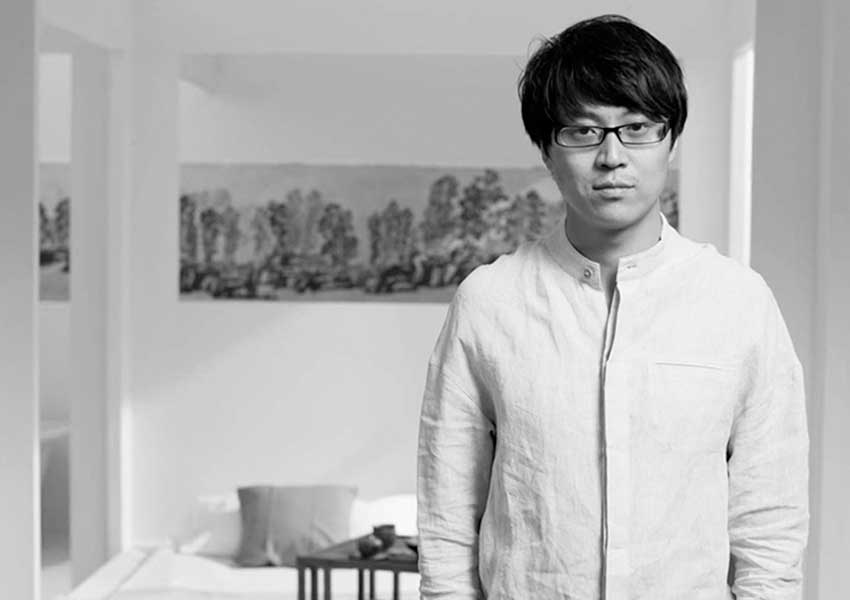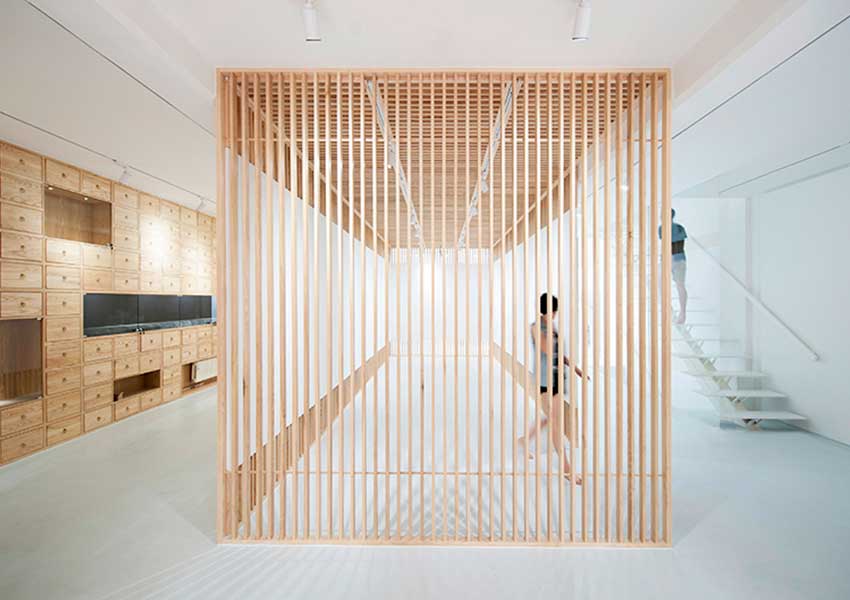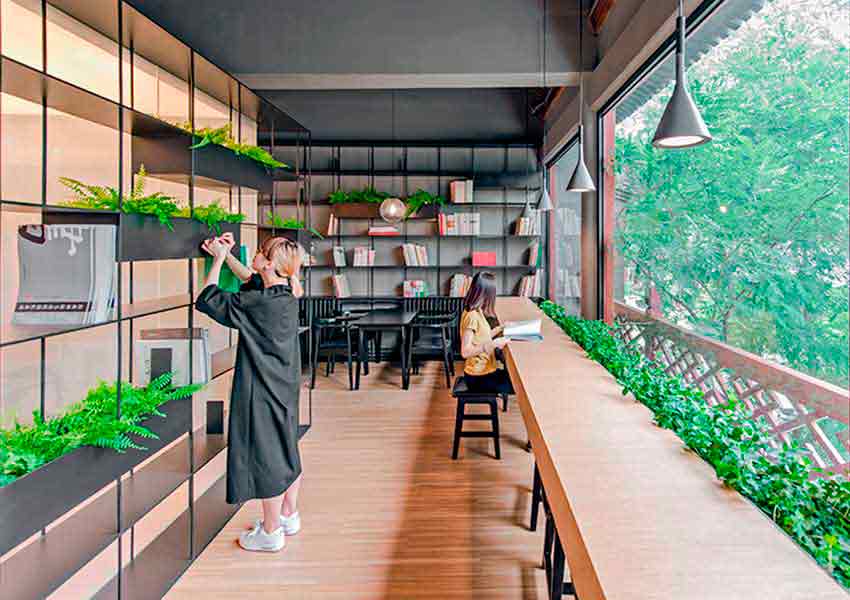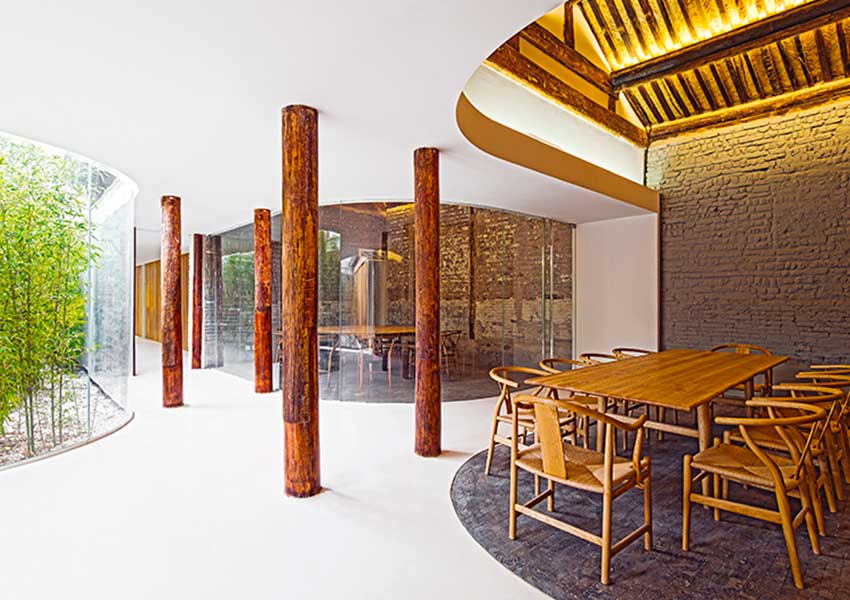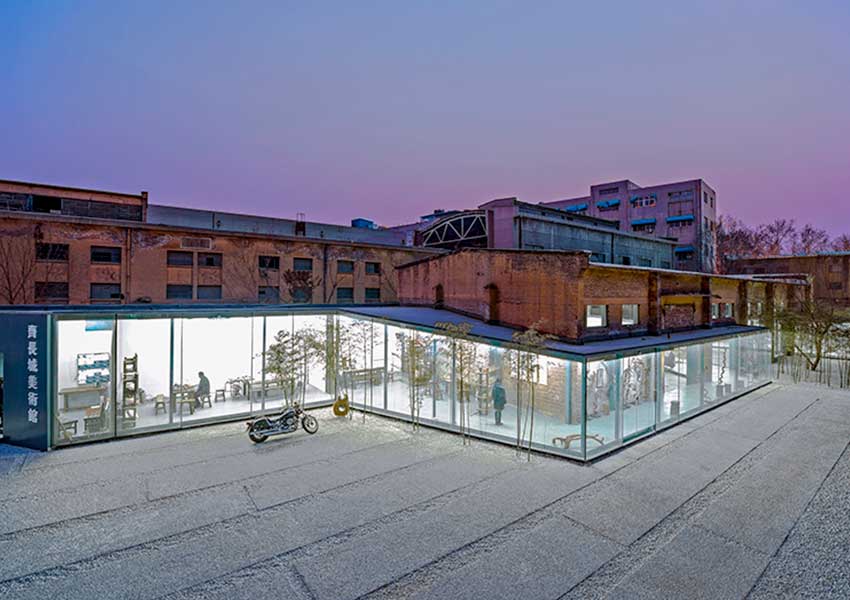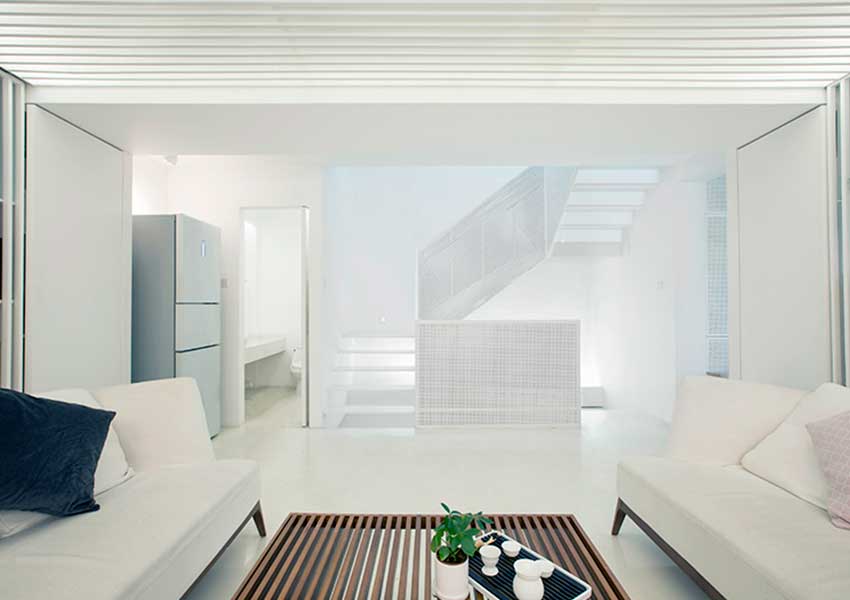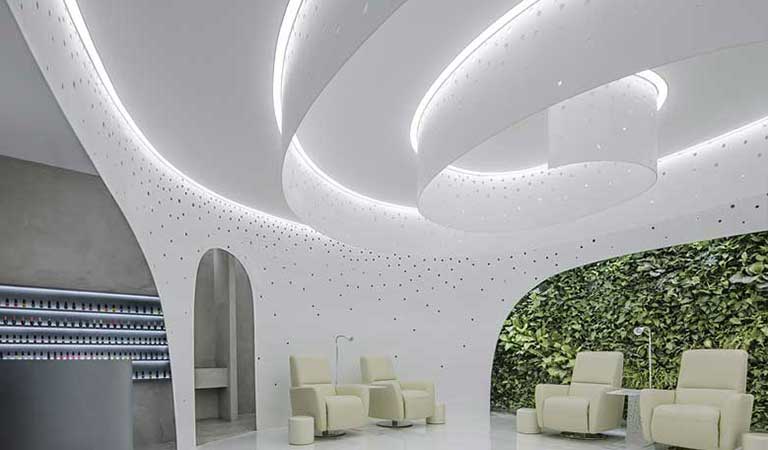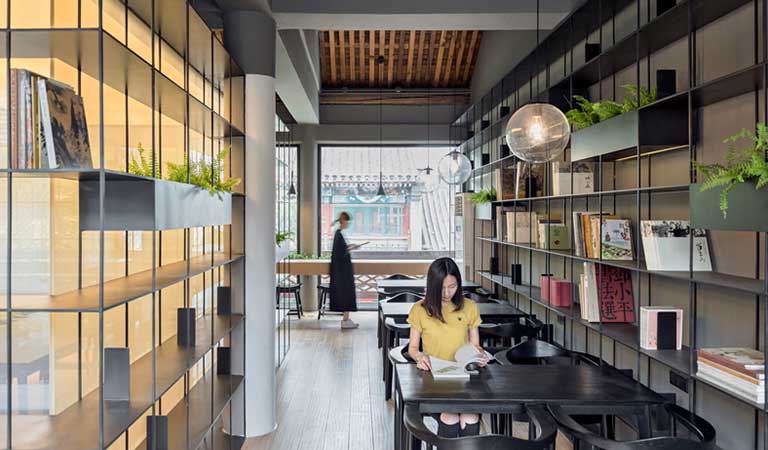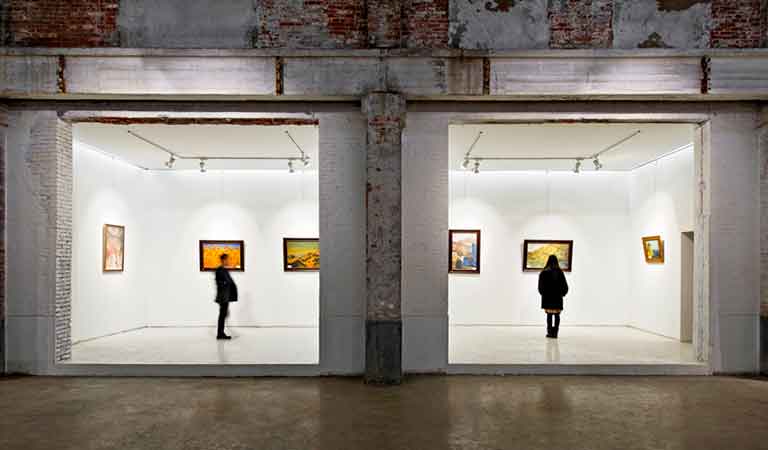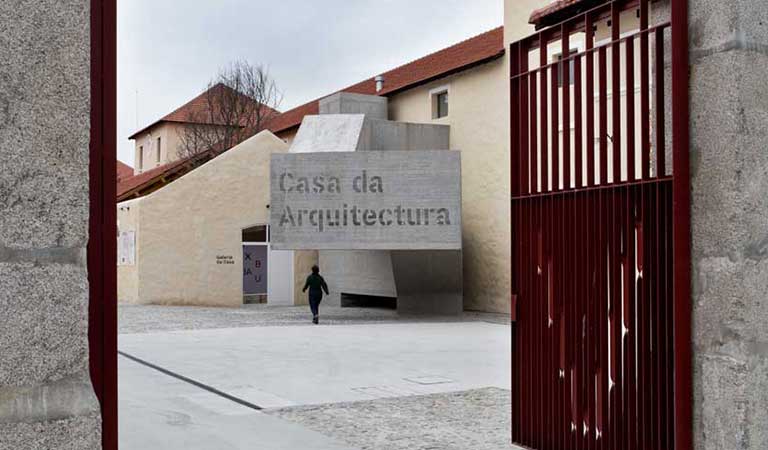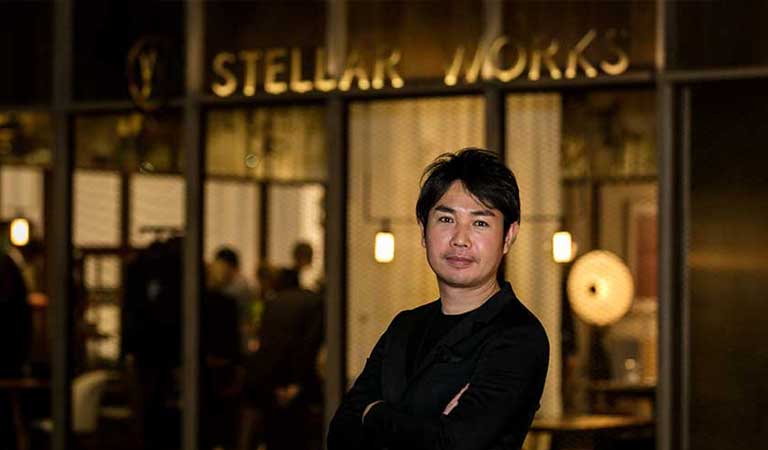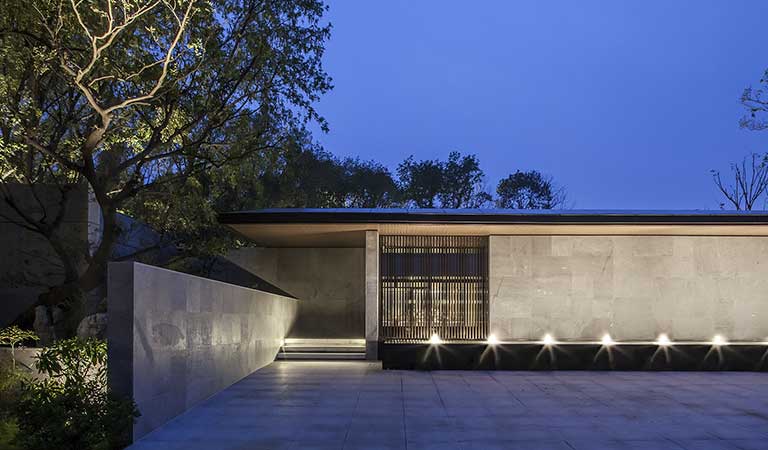This week we go through the work and thinking developed by the Beijing based office, ARCH STUDIO.
The founder and principal architect Han Wenqiang, shares with the describer the major premises defining their approach and the ideas behind their work creation.
ARCH STUDIO devotes to using multi-perspective and rational means to intervene the development of contemporary urban living environment, finding a right balance between the connections of reality and nature, history and culture, creating a spatial environment that is full of the spirit of times and humanistic quality.
We believe: in this complex and multivariate era, new creation is not from a sudden inspiration, but from careful study of the unique needs and restrictions of each project, from uninterrupted breakthroughs and challenges to the restriction boarder, from continuous improvements in the whole process from concept to construction details, from skillful transformation between exterior and interior, new and old, artificial and natural, to make space as the communication medium between people and people, people and the environment, and create a new livable dwelling.
— Office —
The studio was established in 2010, located within an office building in Beijing 798 Art Zone. Because I am a teacher of China Central Academy of Fine Arts, most of my staffs were students of this academy, thus the mobility of staffs was high.
The studio is more like a teaching practice studio rather than a company. Opportunities of getting projects were volatile at that time, and the design fee was not high, but everybody was passionate and worked over time frequently to discuss our project. Many design ideas derived from mutual inspiration between my students and I.
From year 2012 to 2013, along with the implementation of some of our projects and the favorable response received, there were more and more customers invite us to design for them. Projects, at the very beginning, mainly included private homes, private gallery, and an art gallery and so on. Later on, we established long-term cooperation relationship with Rongbaozhai (Flagship Brand of traditional Chinese painting and calligraphy) and were responsible for the design of all their branches across china.
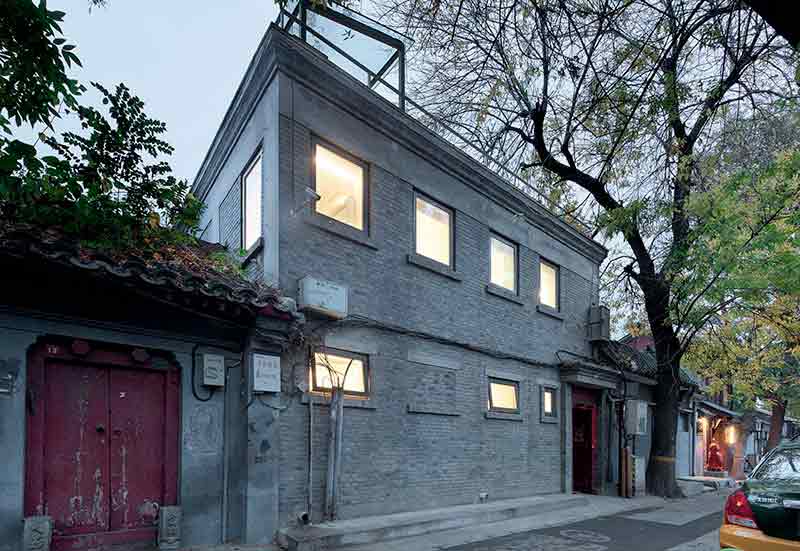
Renovation of Xinsi Hutong House © Xia Zhi
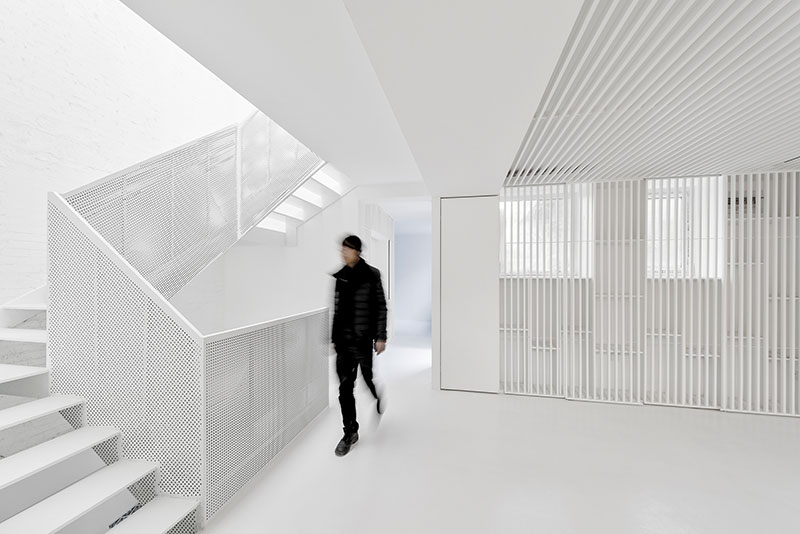
Renovation of Xinsi Hutong House © Wang Ning
— Approach —
The premises of my design were based on my understanding of problems that exist in contemporary china. Under the influence of information age and consumerism society, architecture has become more and more symbolic, label-oriented and entertainment-oriented, and spread globally along with the capital flow. This ends up alienating architecture from human, territory and natural environment.
I think the contemporary China shall reshape the values of "indigenous" architecture, namely practicality, territory, cultural context, sustainability, experience etc. Every project has its particular realistic limitations, and contains many background factors like nature, history, culture and customs, etc. Conversion of relationships among the factors is flexible.
The process of design is the process of dealing with the relationships among a series of factors: relationship between exterior and interior space, natural and artificial, history and reality, etc. Therefore, our design hopes to find out the balancing point between realistic problems and cultural traditions; to create a space that combines all kinds of relationships, and a meaningful, emotion-filled living environment closely related to human.
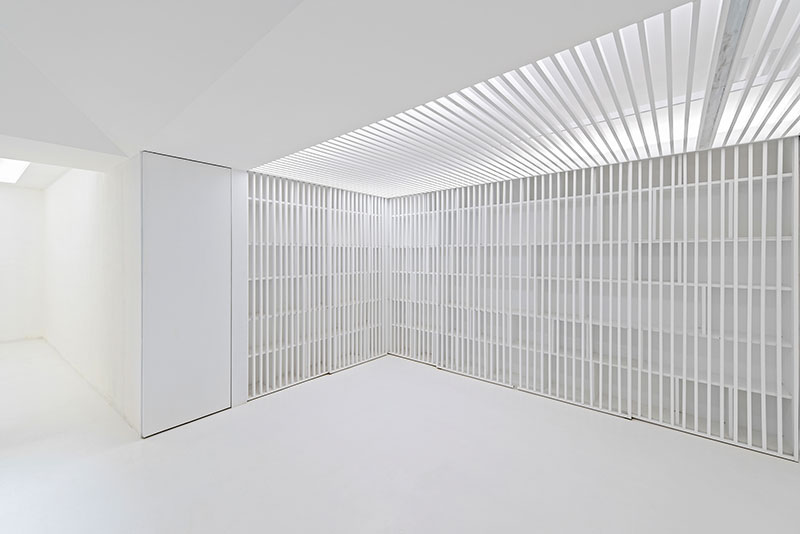
Renovation of Xinsi Hutong House © Wang Ning
— Start a project —
On the one hand, a design project begins with site inspection and communication with the client. Through learning client's needs, limitations of the project, etc. main issues of the project shall be defined. On the other hand, all of our designs are somehow related to "tradition".
Some of the projects are located at traditional sites, for example the renovation of Courtyard dwellings; some projects are traditional brands, for example Chinese Painting and Calligraphy Exhibition Hall. So, usually wisdoms of Chinese traditional space, such as architecture of Chinese traditional courtyard, classical gardens, Chinese painting and calligraphy and so on, inspired us a lot at the beginning of a project.
Diverse design ideas are gradually generated in the course of combination and conversion of realistic problems and traditional intentions.
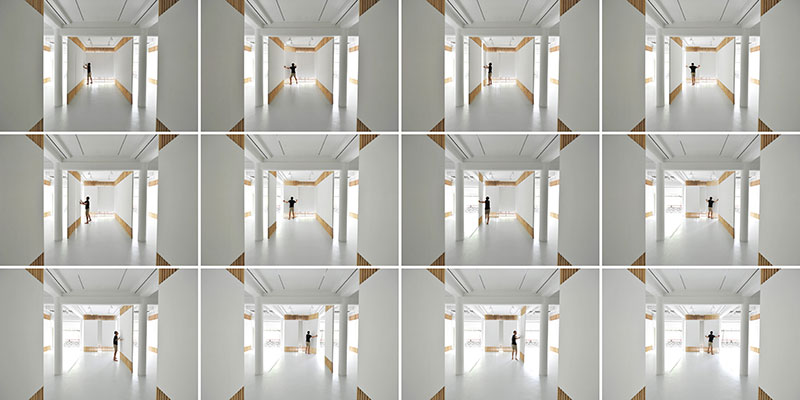
Folding Screen - Rongbaozhai Western Art Gallery © Wang Ning
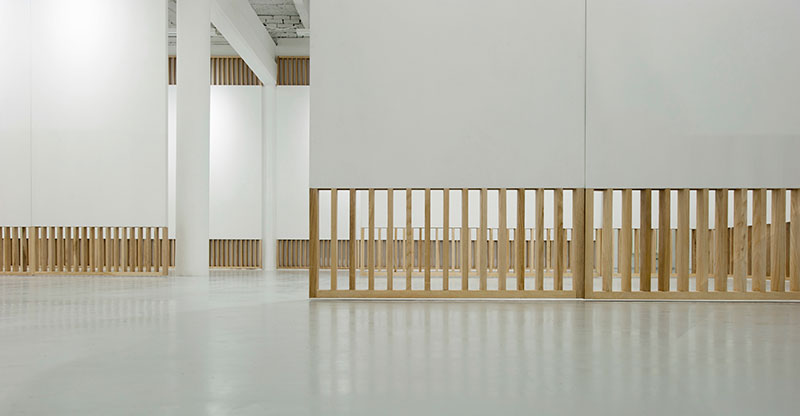
Folding Screen - Rongbaozhai Western Art Gallery © Wang Ning
— Clients —
Mutual trust and tolerance between client and designer is the key to success for a project. Many of my clients are my friends, or friends of my friends. So both parties have the basis of mutual trust from the very beginning, and this is the premise to carry out the design smoothly.
I thought that in many cases, the process of the project is the process of learning from each other. It is very important for a designer to listen to the opinions of others. And through proper and effective communication, a good client might allow you to try something new and to accept something that he never thought of.
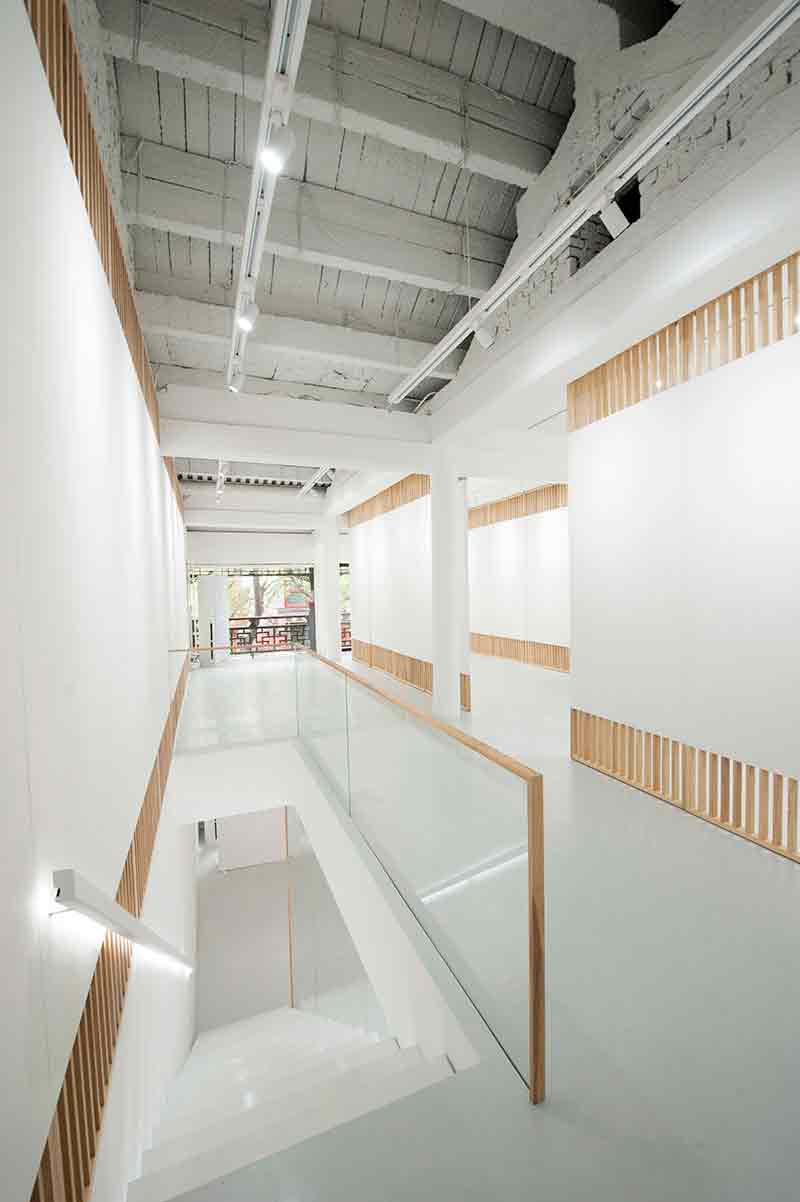
Folding Screen - Rongbaozhai Western Art Gallery © Wang Ning
— Being an architect in China —
Architecture is a kind of commodity in china, and its biggest objective is to promote consumption. Thus I think that an architect should return to the role of a craftsman, it means, a man using his professional skills to design for the client and supervise the construction of the house. Sometimes, in order to ensure the design could serve the client better, craftsman might participate in the planning or even the operation of the project.
As national policy in China has changed, large scale and fast architectural projects of government and developers are declining. Instead, topics which draw attention to people’s livelihood, tradition and rural construction began to appear in Chinese society. And many of our projects are born under this society background, such as Renovation of Architecture in Beijing Hutong, Rongbaozhai Store, and Rural Farm and so on.
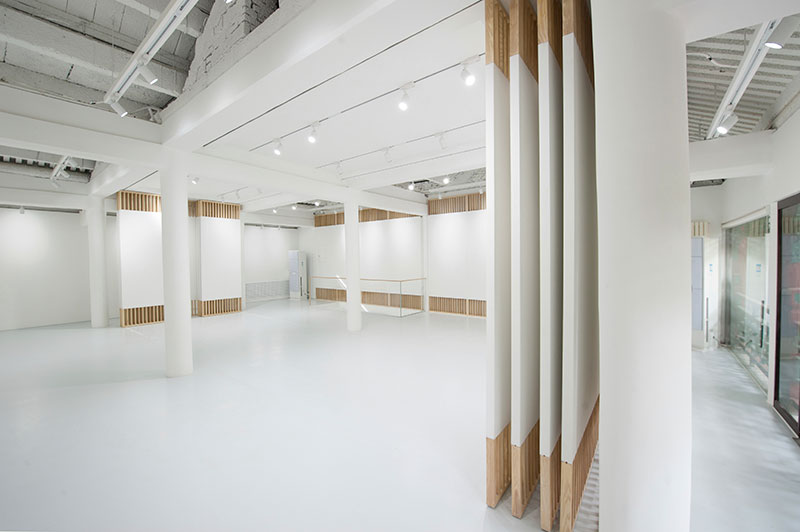
Folding Screen - Rongbaozhai Western Art Gallery © Wang Ning
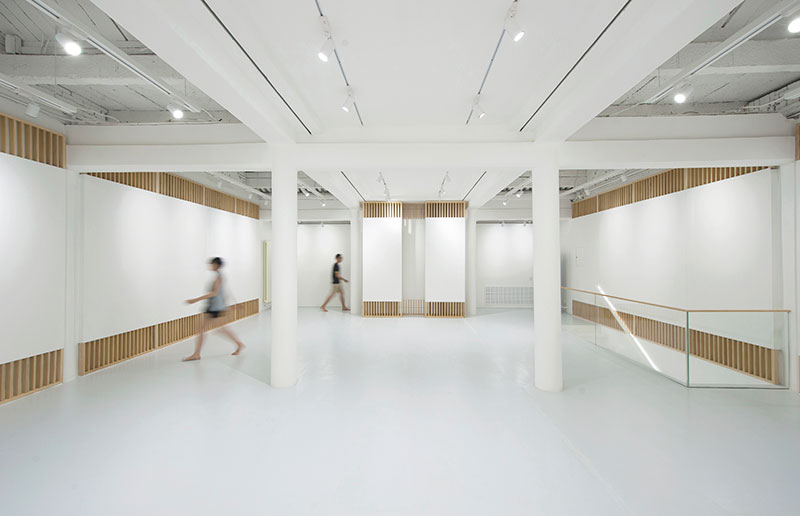
Folding Screen - Rongbaozhai Western Art Gallery © Wang Ning
— Material —
I do not have any favorite materials. For a particular project, the most suitable material that meets specific concepts should be chosen. Essentially, architecture is the result of the combination of a pile of materials. Thus, way of combination among materials is the meeting point between material and the shape of the architecture.
No matter how material changes, looking for the internal connection of shape of architecture and the logic of material is the key problem that must be resolved in every architectural design.
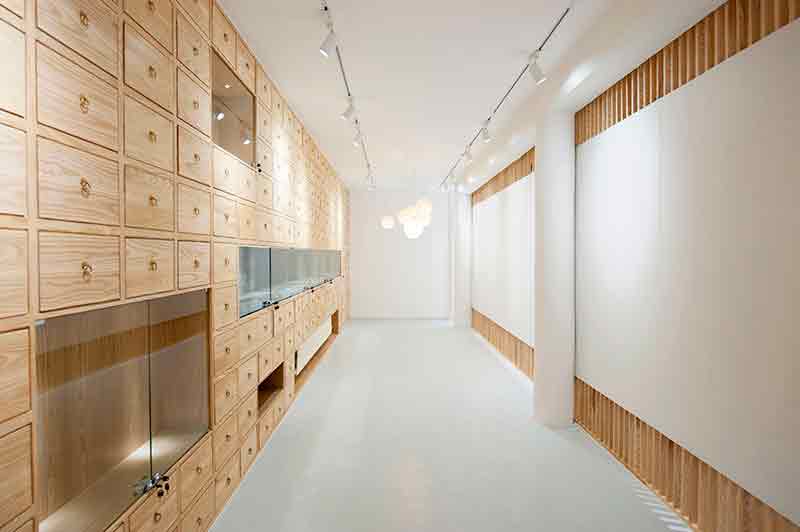
Folding Screen - Rongbaozhai Western Art Gallery © Wang Ning
— Work —
I hope my works will become the media of communication between man and man and/or man and environment. It is not only the shelter for man’s body, but also the place where spirit and emotion can rely on.
